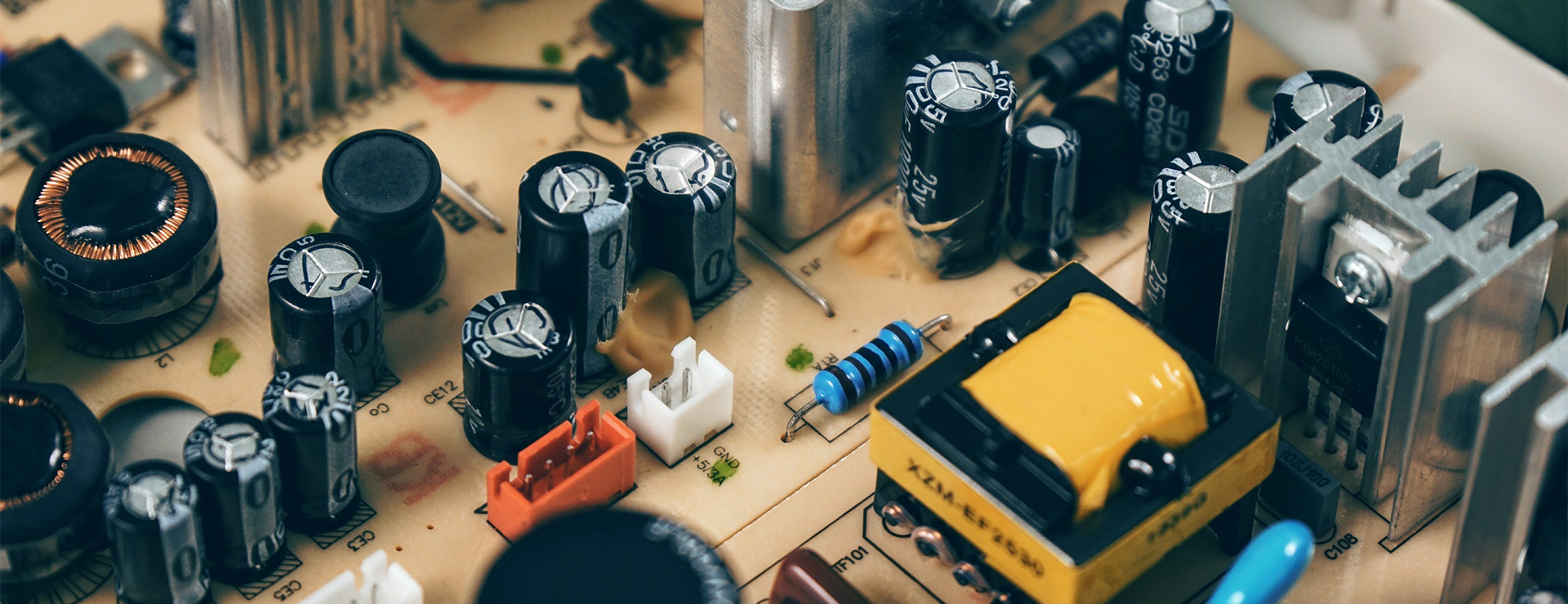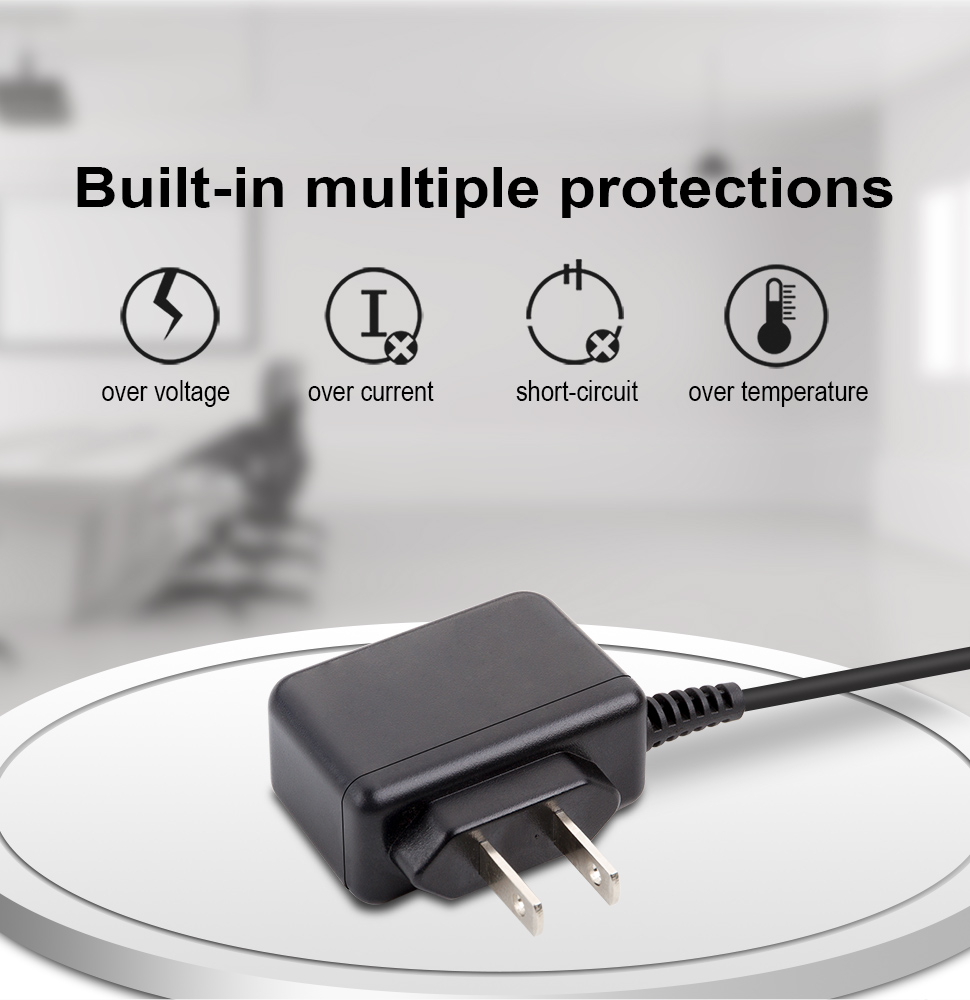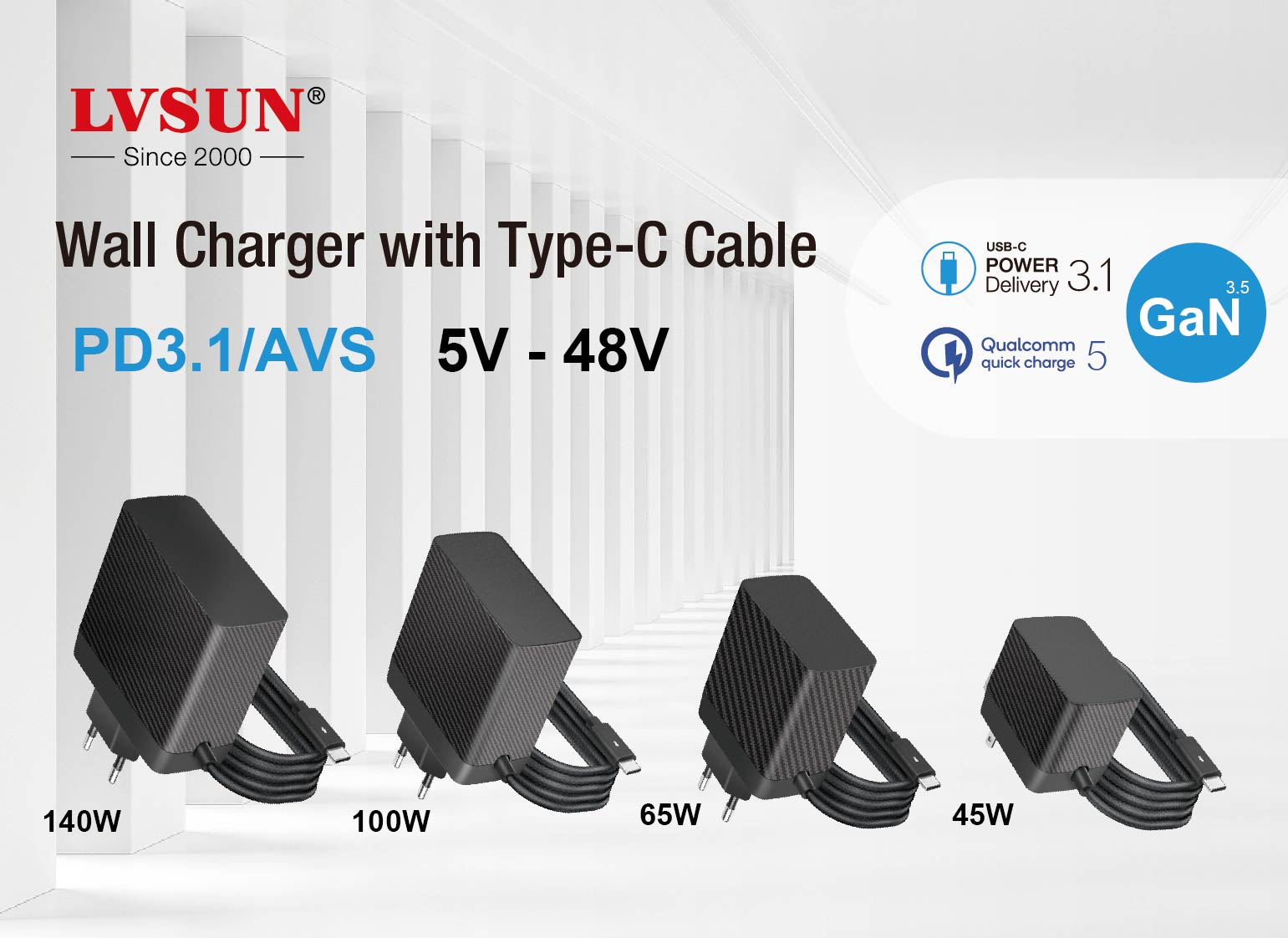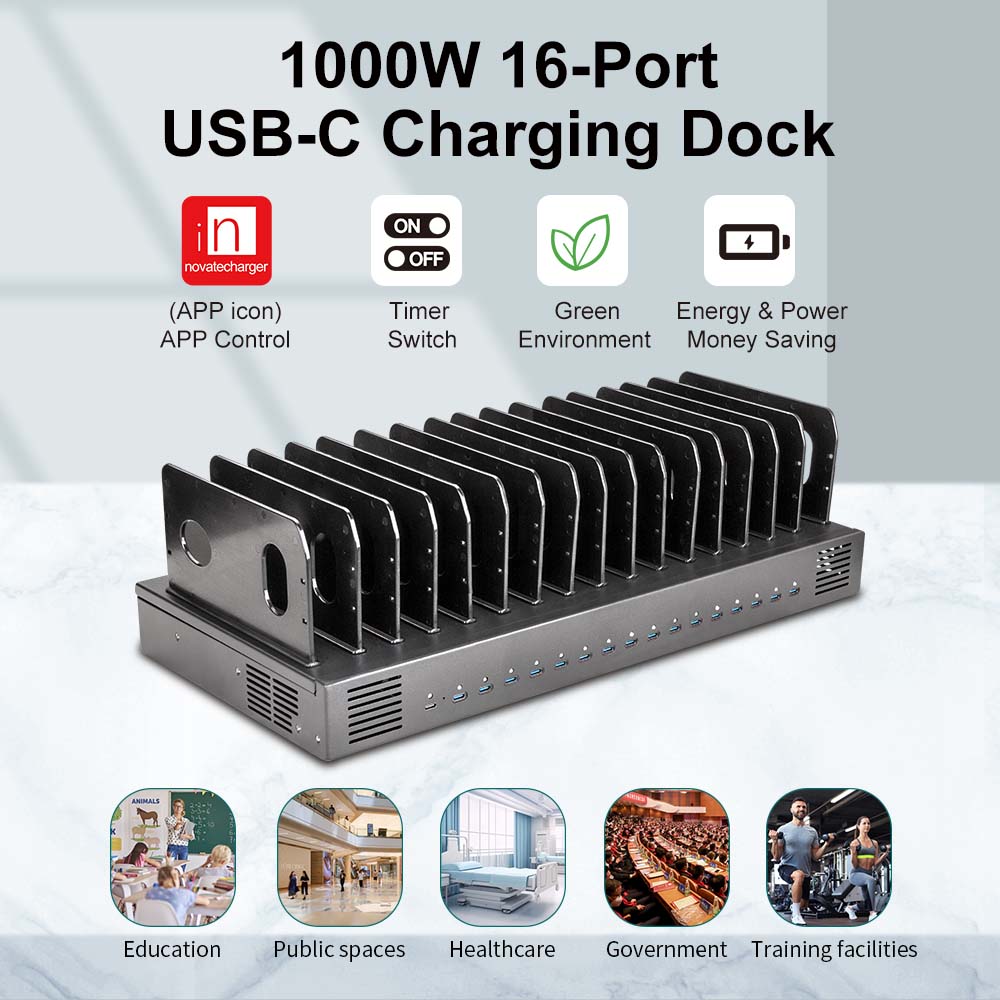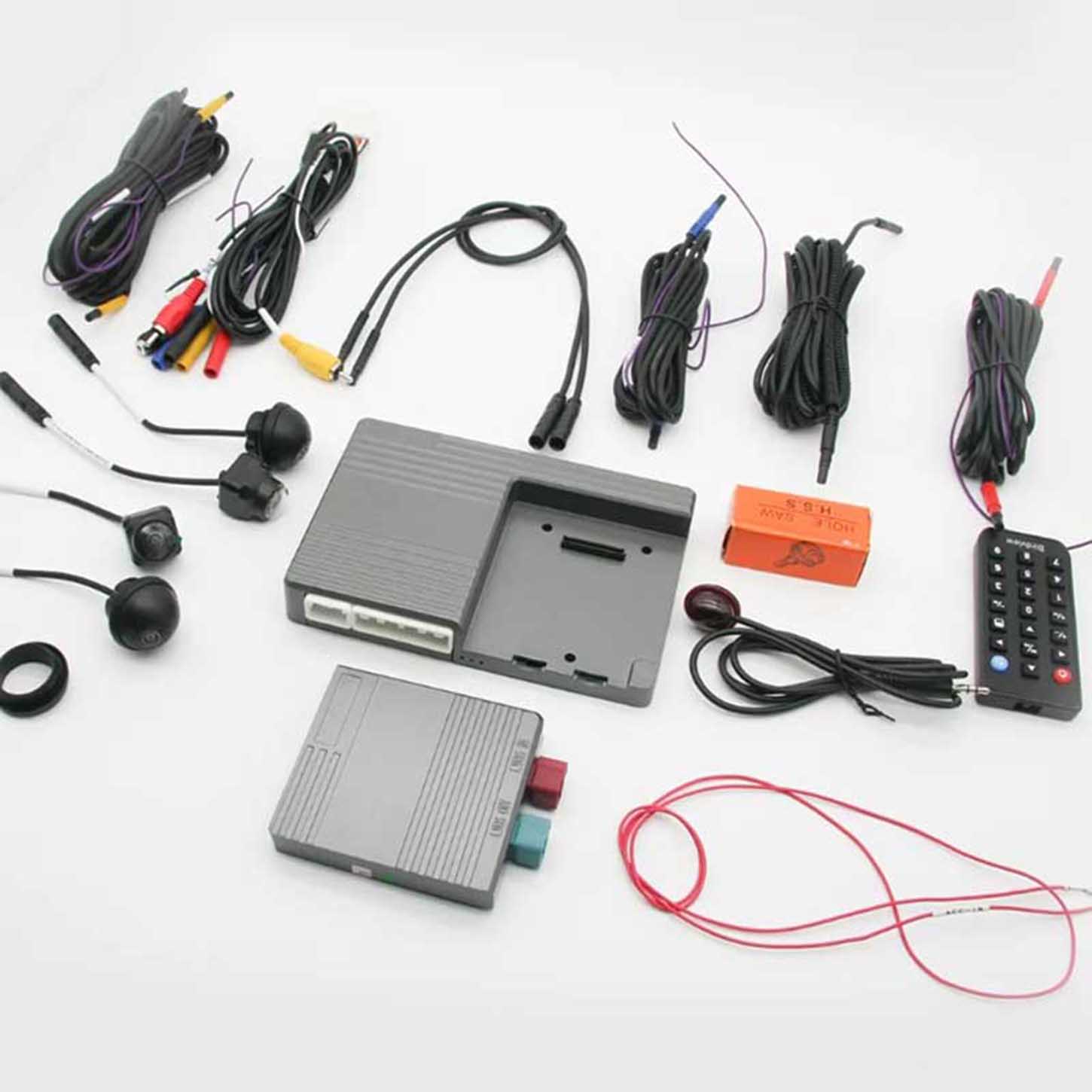The Working Principle and Design Structure of Terminal Blocks
Terminal blocks are one of the most basic and crucial components in electrical connections, with the core objective of achieving safe, reliable, and convenient wire connections.
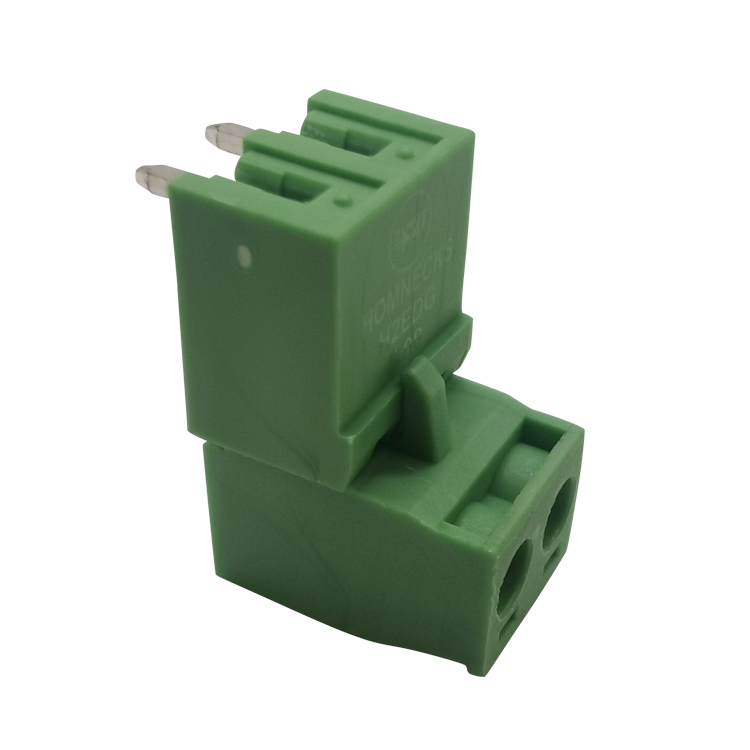
I. Operating Principle
The basic principle of a 8 pole terminal block can be summarized as follows: through a mechanical structure and a conductor, it establishes a low-resistance, high-stability electrical path between conductors (such as wires), while ensuring a firm mechanical connection and preventing accidental contact.
This principle primarily relies on the following key points:
Electrical conduction: The core conductor of the terminal (usually copper or copper alloy) provides the main path for current flow. Its excellent conductivity ensures low energy consumption and low heat generation.
Mechanical clamping: Through screws, springs, or other mechanical devices, a substantial contact pressure (clamping force) is exerted on the inserted wire. This force serves two important purposes:
Destruction of oxide layer: The oxide film on the surface of the wire is non-conductive. A strong clamping force can crush this thin film, enabling true contact between metals.
Maintain contact: Prevent wire loosening caused by vibration, thermal expansion and contraction, or external force pulling, and maintain stable contact resistance.
Minimizing Contact Resistance: Ideally, the flow of current from a wire to a terminal and then to the next conductor should be as smooth as possible. Good design and clamping force can ensure that the resistance at the contact point is much lower than the resistance of the wire itself, thus preventing the point from becoming a "hot spot".
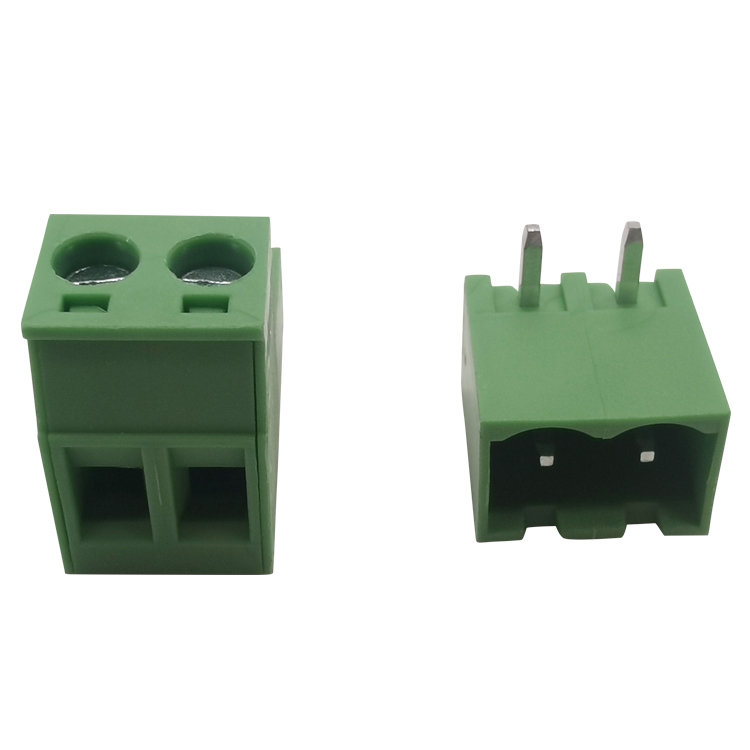
II. Design Structure
Despite the diverse shapes of wiring terminals, most of them consist of three basic components:
1. Conductive material: Typically, metals with high conductivity are used, such as brass, phosphor bronze, and copper alloys. Sometimes, they are plated with tin, nickel, or silver to enhance corrosion resistance, reduce contact resistance, and improve solderability.
Function: This is the core channel for current transmission. It is designed to connect reliably with wires and form an electrical interface with matching terminals or devices.
2. Insulating shell material for 8 position terminal block : Engineering plastics, such as polyamide (PA66, nylon), polycarbonate (PC), PET, etc., are commonly used. These materials exhibit good electrical insulation, mechanical strength, flame retardancy (such as UL94 V-0 grade), and heat resistance.
3. Clamping mechanism is the key part to distinguish different types of terminals. There are mainly the following mainstream designs:
a) Screw connection type
Structure: By rotating the screw, a metal pressure plate or conical nut is driven to directly compress the wire.
Advantages:
The connection is firm, with a large contact area and strong current-carrying capacity.
Suitable for connecting single-strand (solid) wires and multi-strand wires with wire lugs.
Disadvantages:
It may loosen in a vibrating environment, so regular inspection and tightening are required.
The connection speed is relatively slow.
For multiple thin wires, if a wire nose is not used, some copper wires may be crushed and broken during tightening.
b) Spring connection type (cage spring/compression spring type)
Structure: Utilize a pre-tensioned V-shaped or other shaped spring leaf. Insert a straight screwdriver into the operating hole to open the spring. After inserting the wire, withdraw the screwdriver, and the spring will rebound, firmly pressing the wire against the internal conductive strip.
Advantages:
Vibration resistance: The continuous pressure of the spring can compensate for the looseness caused by thermal expansion and contraction and vibration, making it very reliable.
Quick wiring: No need to twist screws, greatly improving wiring efficiency.
Suitable for multi-strand wires and thin wires with casings.
Disadvantages:
Strong dependence on tools (requires a screwdriver of a specific size).
The current-carrying capacity is generally slightly lower than that of screw connections of the same size (but it is sufficient in most cases).
c) Direct plug-in connection
Structure: This is a simplified form of spring connection. It usually has a small hole, into which a stripped and untreated solid wire is directly inserted with force. The internal spring mechanism will automatically clamp the wire. To release the wire, you need to press the release button next to it.
Advantages:
It is extremely fast and convenient, and the terminal block 10 pin can be made without any tools.
Disadvantages:
It is usually only applicable to solid conductors.
The current-carrying capacity and wire diameter range are limited.
d) Insulation displacement connection
Structure: Inside the terminal, there are sharp V-shaped metal contacts. When a unstripped wire is pressed firmly into the designated position, the sharp contacts pierce through the insulation and make direct contact with the internal metal conductor.
Advantages:
No need to strip the wire, saving time and effort, and avoiding problems caused by improper wire stripping length.
The connection is fast and reliable.
Disadvantages:
There are strict requirements for the specifications of the wires and the thickness of the insulation.
It is commonly used in signal current applications such as communication, data networks (such as RJ45 connectors), and home appliances.
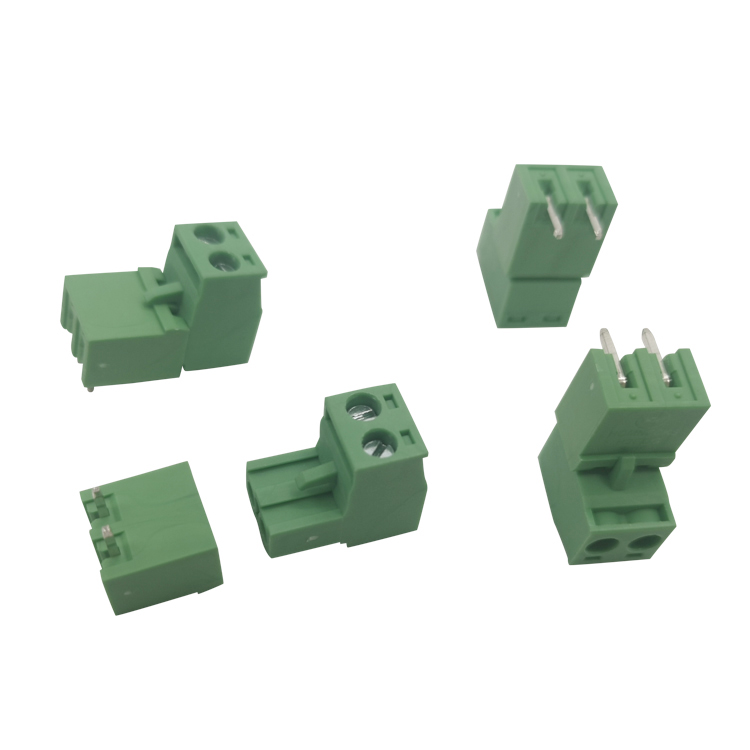
III. Main Types and Applications
According to application scenarios, terminal blocks mainly come in the following forms:
PCB terminal block: soldered onto a printed circuit board, used to connect external wires to the circuit board.
DIN-rail terminal blocks: They can be clipped onto standard DIN rails and are widely used in industrial control cabinets and distribution boards, facilitating modular installation and maintenance.
Barrier terminal block: 12 position terminal block Equipped with plastic partitions, it is commonly used in high-voltage and high-current applications such as power distribution, effectively preventing short circuits between different polarities.
Socket terminal: used for connecting devices that require frequent plugging and unplugging.
IV. Design Considerations and Selection Key Points When designing or selecting terminal blocks, the following factors must be considered:
Current and voltage ratings: These are the most crucial parameters, which must meet or even exceed the maximum demand of the circuit, while leaving a margin.
Wire type and specification: Is it a single-strand wire or a multi-strand wire? What is the wire diameter (AWG or square millimeter)? This determines which clamping mechanism should be selected.
Environmental conditions: Is it exposed to high vibration, high temperature, high humidity, or corrosive environments? This affects the selection of materials (such as housing plastics, plating layers) and connection methods (such as spring connections for better vibration resistance).
Safety certification: Whether it is necessary to comply with safety standards in specific regions, such as UL (United States), UL (Canada), CE (Europe), VDE (Germany), etc.
Number of wires and spacing: How many wires need to be connected? Does the spacing (pitch) between terminals meet the requirements for electrical clearance and creepage distance?
Summary
Although terminal blocks are small components, they are the "joints" of the electrical system. Their working principle is based on reliable mechanical clamping to achieve low-resistance electrical contact. Their design structure revolves around three major elements: conductors, insulating shells, and clamping mechanisms. For different application needs, various clamping technologies such as screws, springs, direct insertion, and insulation displacement have been derived. Proper selection and installation are the foundation for ensuring long-term stability and safe operation of the entire electrical system.
